By Petar Meseldžija
The painting brush is a simple, yet powerful device. The trace that it leaves upon the canvas is a wonderful phenomenon – a marvelous present to us, and a precious legacy to the people of the future.
Just as the spoken word that carries a certain energy, both physical and emotional , so does the brushstroke carry the energy and the meaning, too. By placing the brushstrokes next to each other, the artist creates a “sentence”. And as any sentence, whose purpose is to communicate a thought or an emotion, the brushstroke sentences communicate a certain feeling. Therefore they are a perfect vehicle for the artist’s emotions.
The brushstroke is a statement of the artist’s inborn sensibility. It is the reflection of his longings, a trace of his efforts, the emanation of his uniqueness. These are the hidden powers of the brushstroke. Whoever understands that, and finds the proper way to express it, will not fail to amaze and inspire with his work.
There is a mystery hidden in a spontaneous, and at the same time well guided brushstroke. The frozen emotion that is embedded in such a stroke melts in the eye of the spectator, and releases its flavors and fragrances. Avoiding the control of ever alert reason, it penetrates the uncharted areas of our inner space. And as it reaches the level in us that, perhaps, makes us more human than any other aspect, it touches the cords of emotion, intuition and that mysterious and eternal longing of our soul.
The signature of the artist will stay preserved in the brushstroke almost forever, as the echo of the gone by ages is preserved in a fossil, trapped in the stone.
Such is the power of the brushstroke.
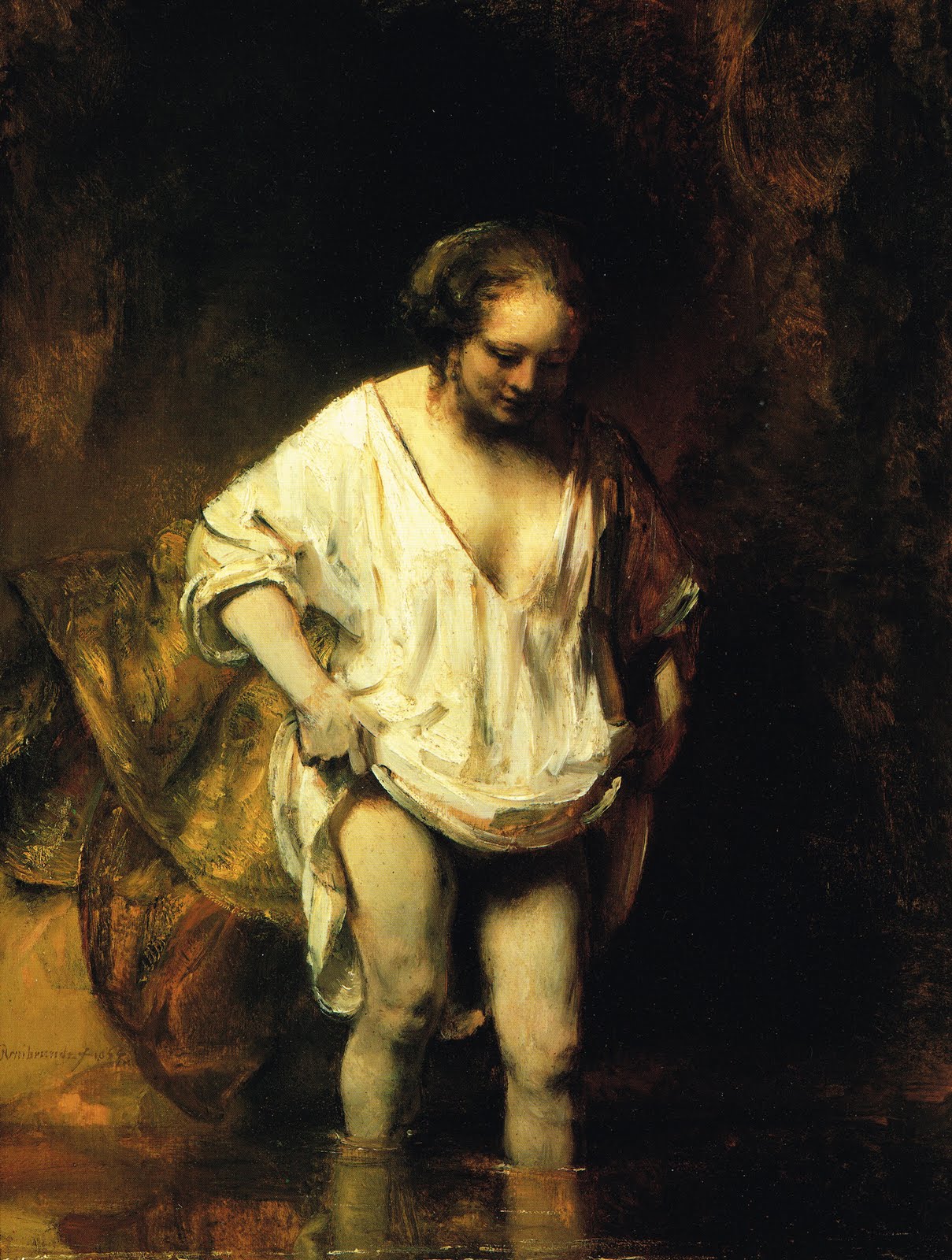 |
| Rembrandt |
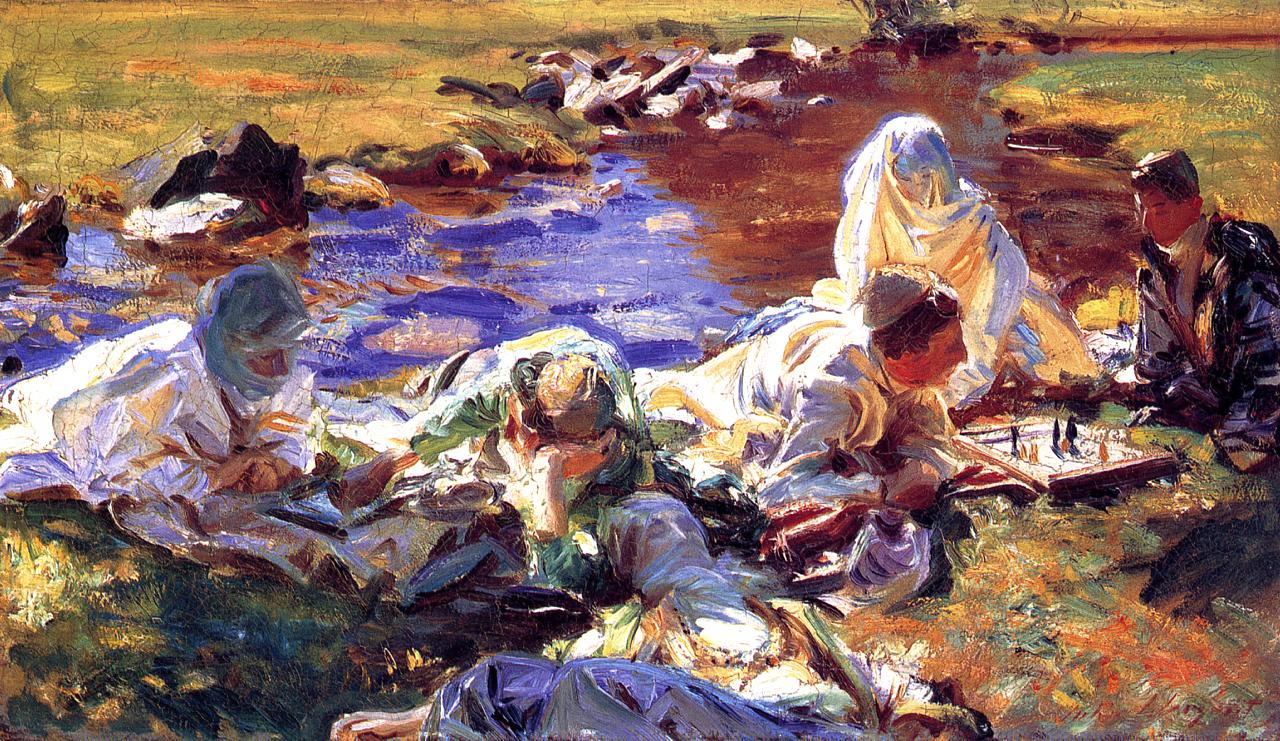 |
| John Singer Sargent |
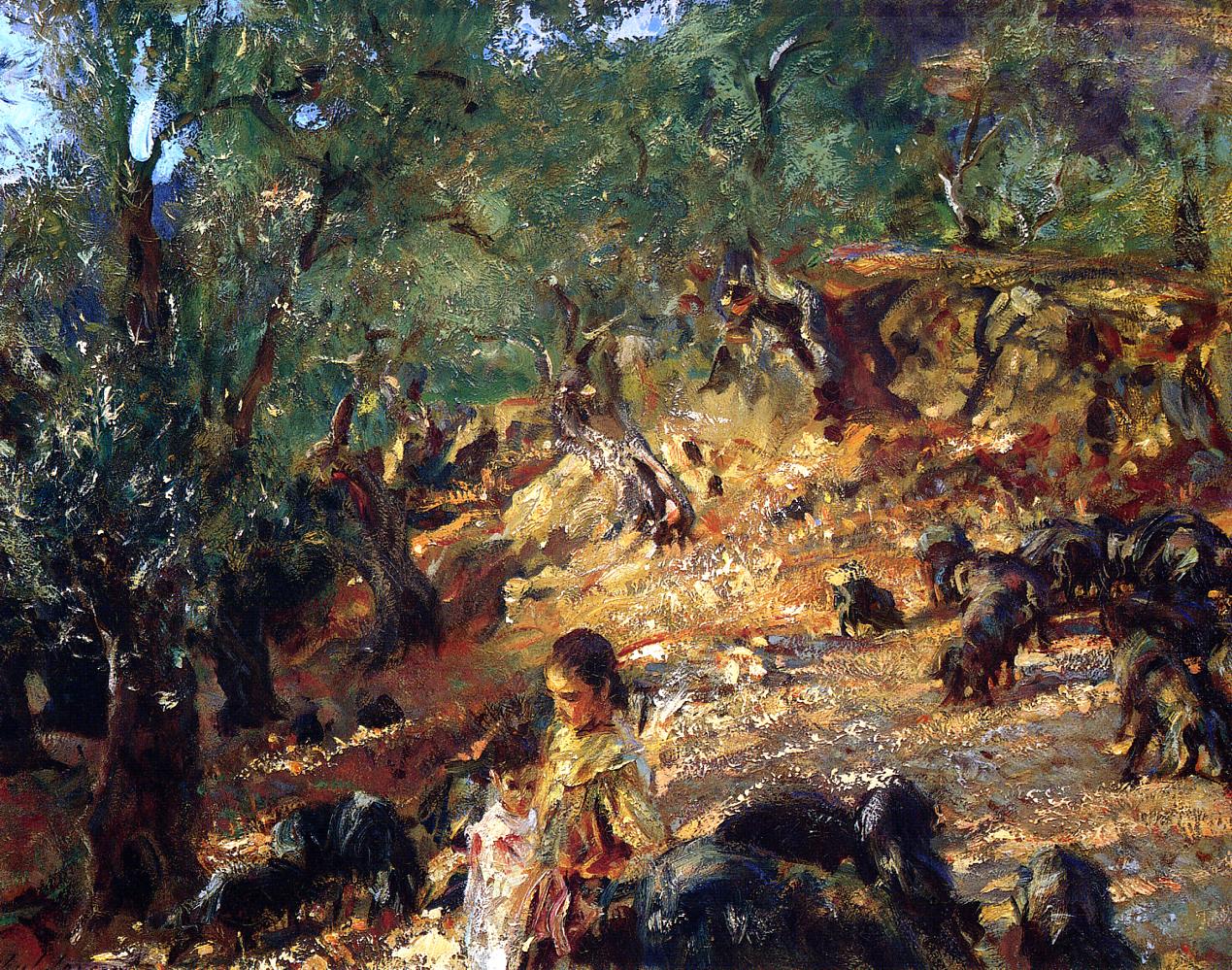 |
| John Singer Sargent |
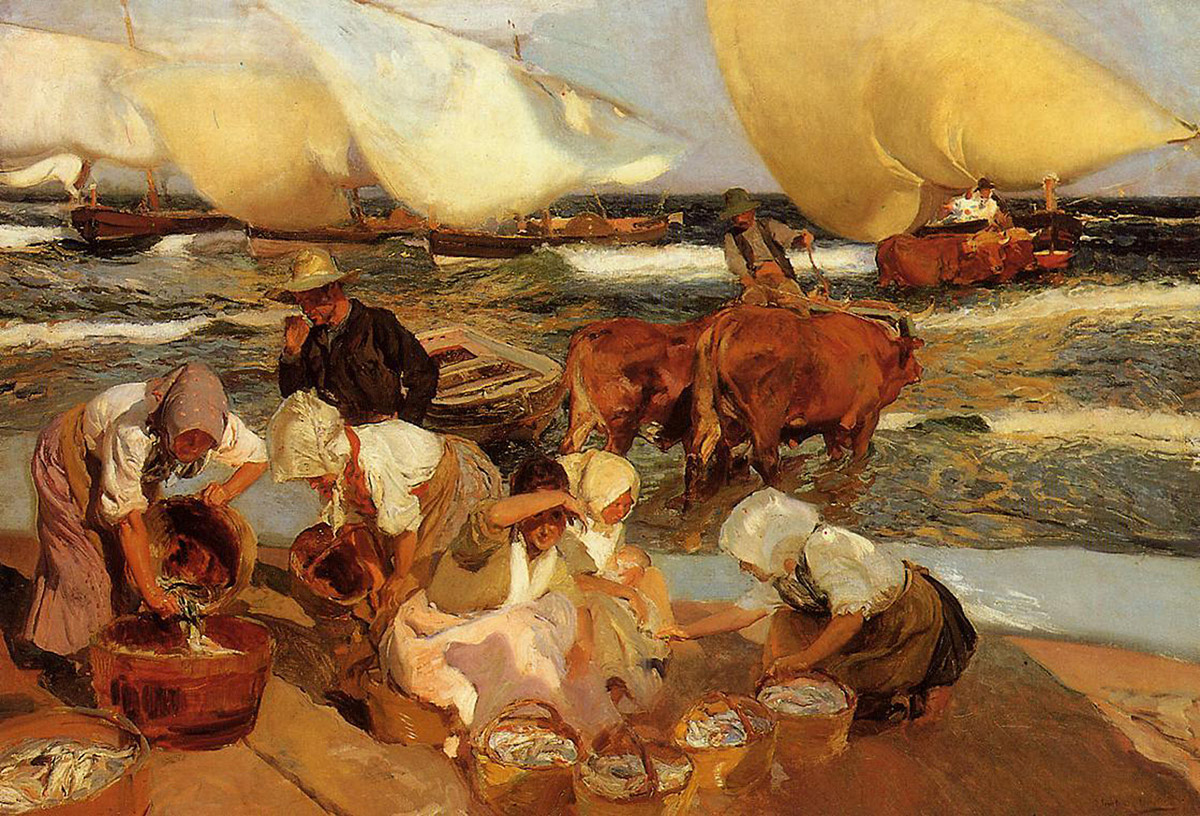 |
| Joaquin Sorolla |
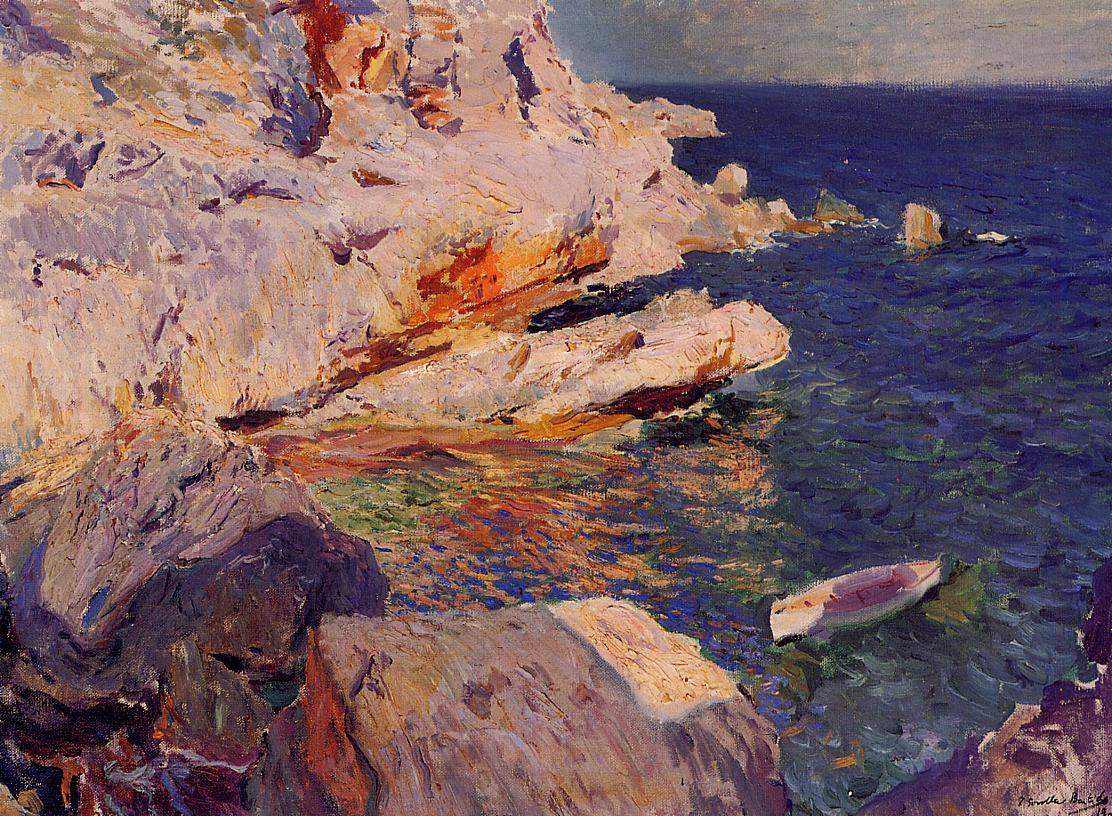 |
| Joaquin Sorolla |
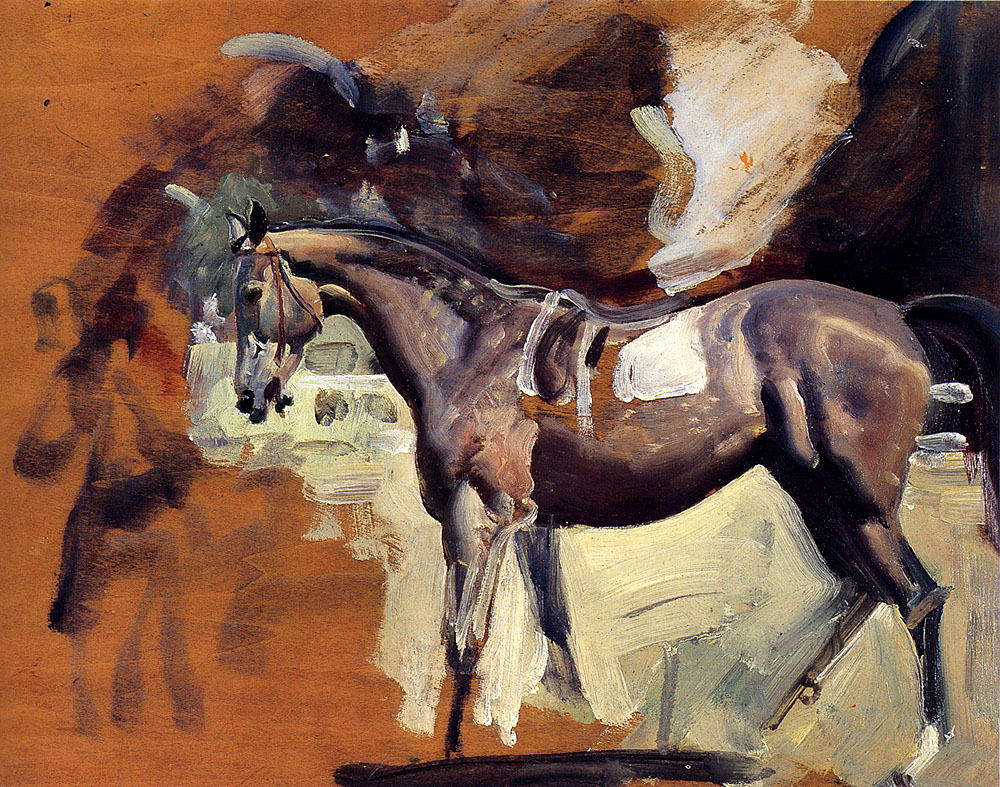 |
| Sir Alfred Munnings |
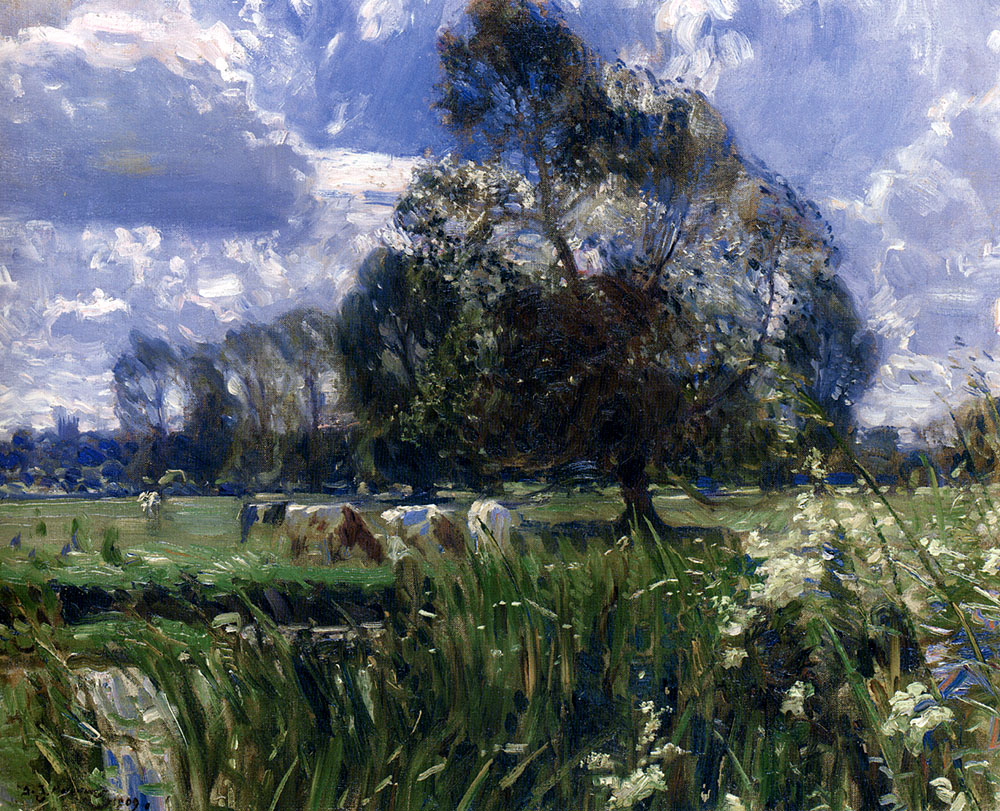 |
| Sir Alfred Munnings |
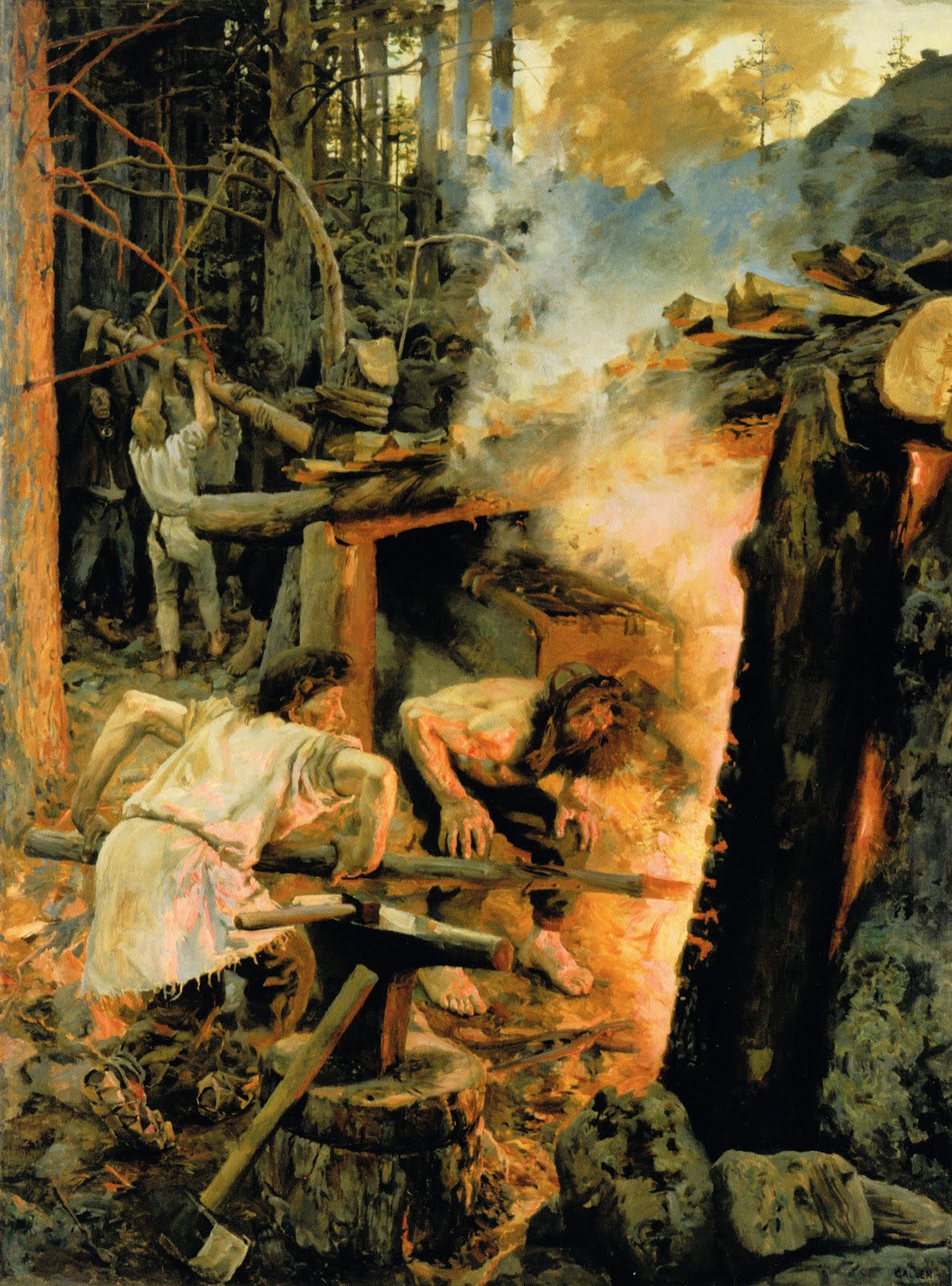 |
| Akseli Gallen-Kallela |
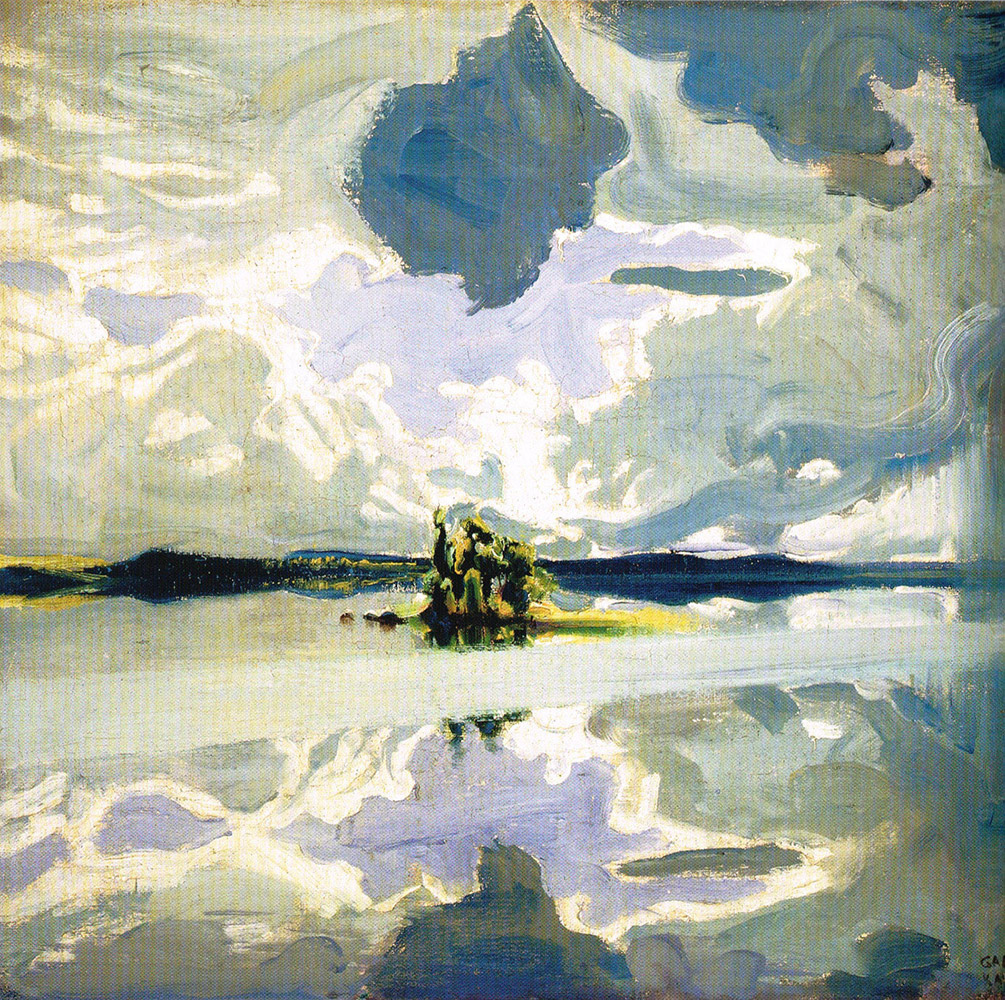 |
| Akseli Gallen-Kallela |
 |
| Paja Jovanović |
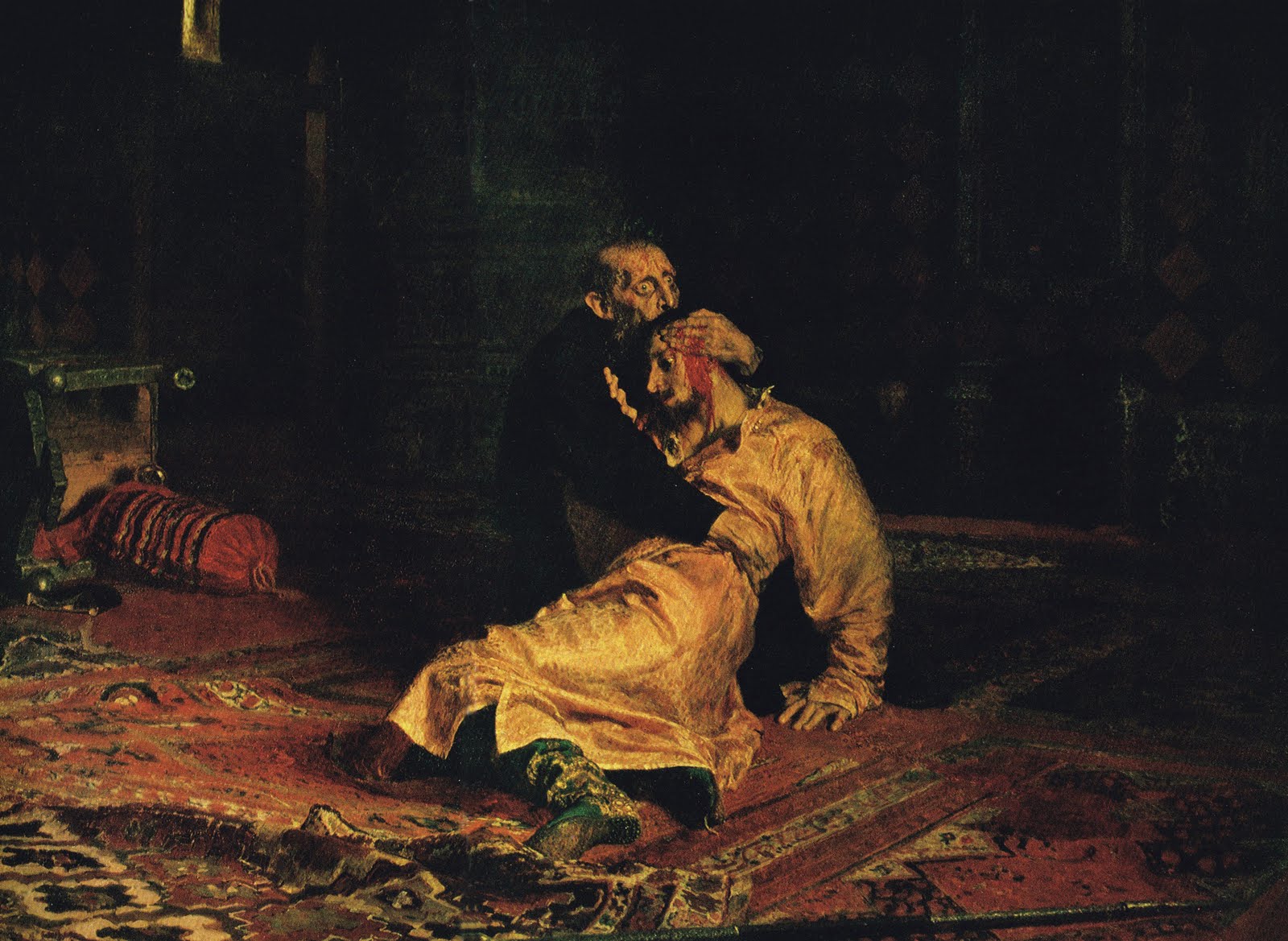 |
| Ilya Repin |
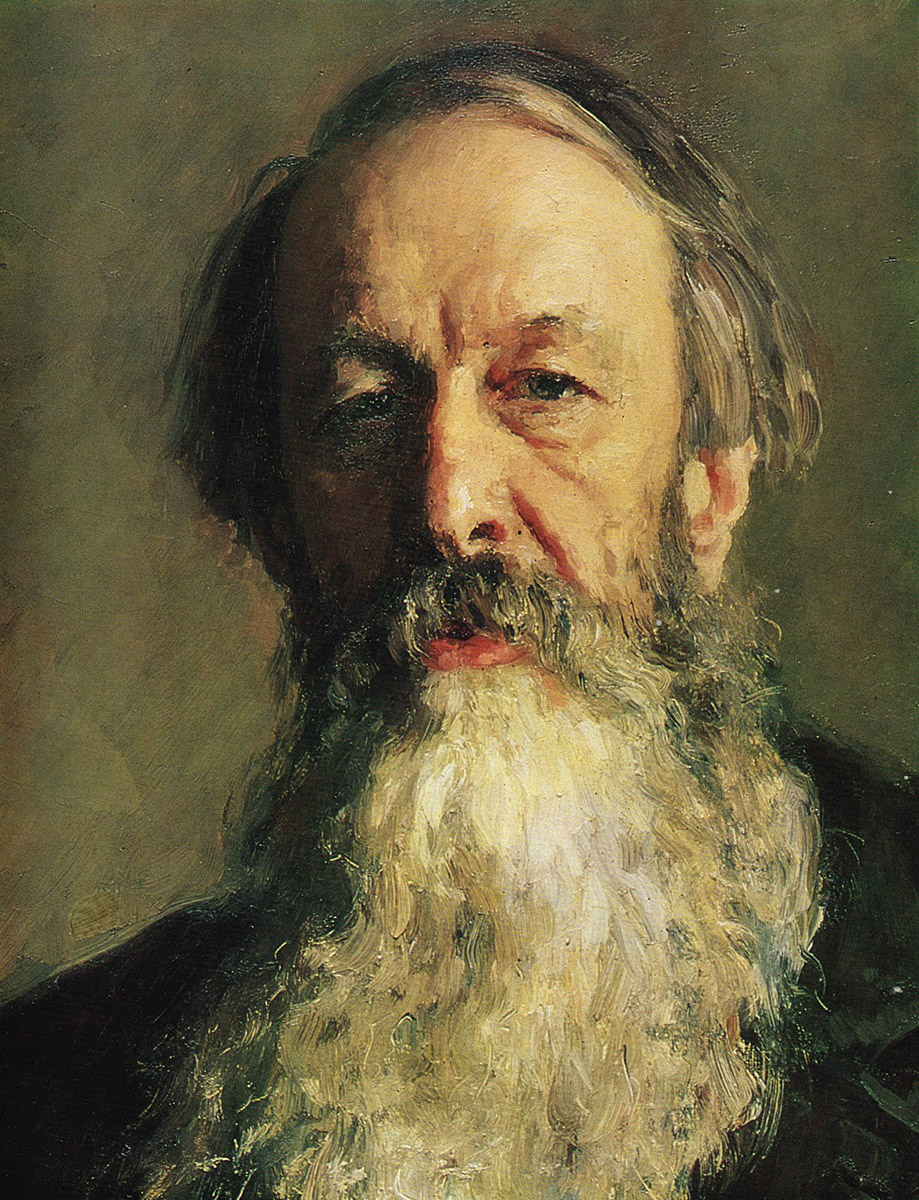 |
| Ilya Repin, detail from the painting Portret of V.V. Stasov |
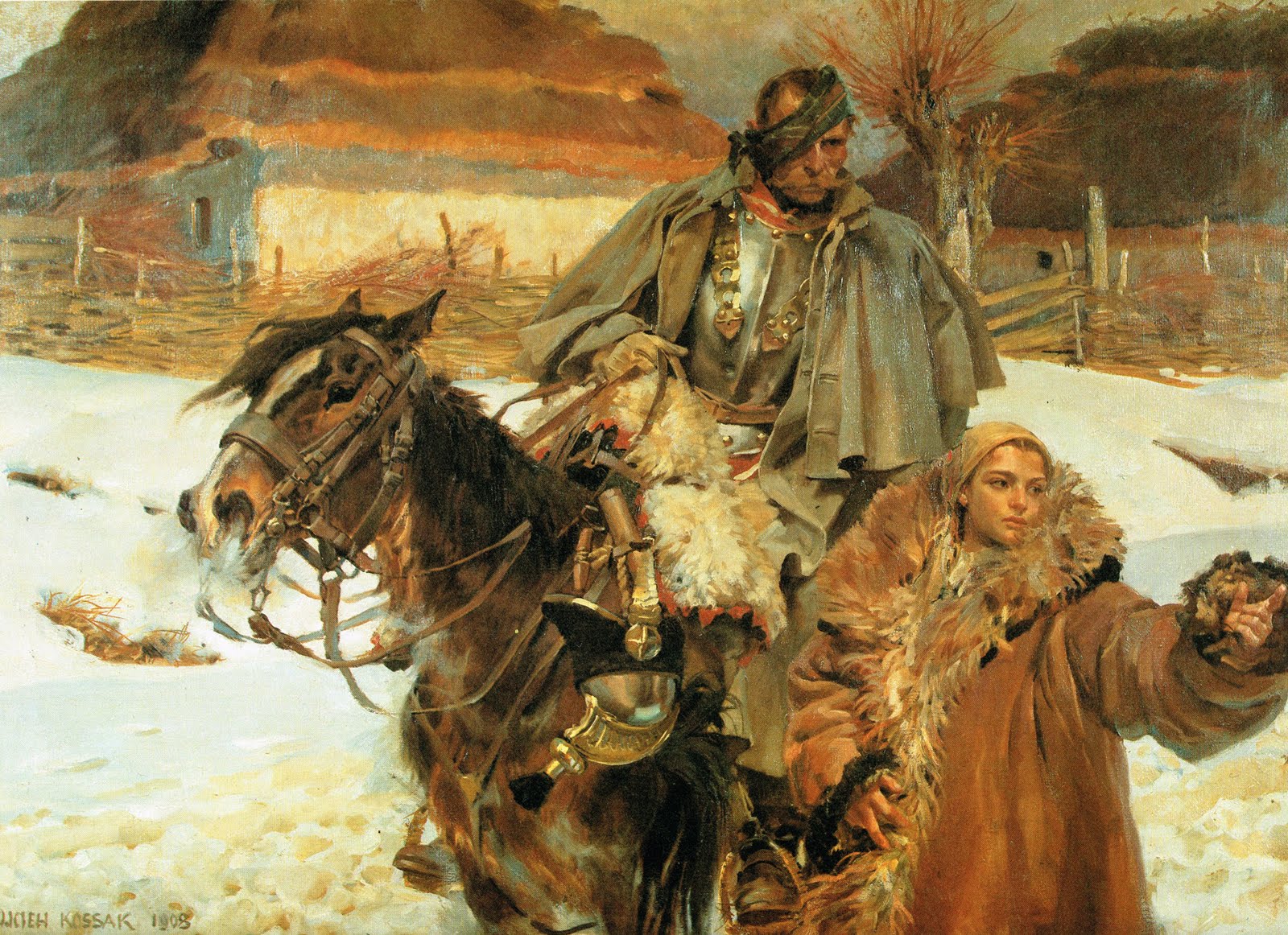 |
| Wojciech Kossak |
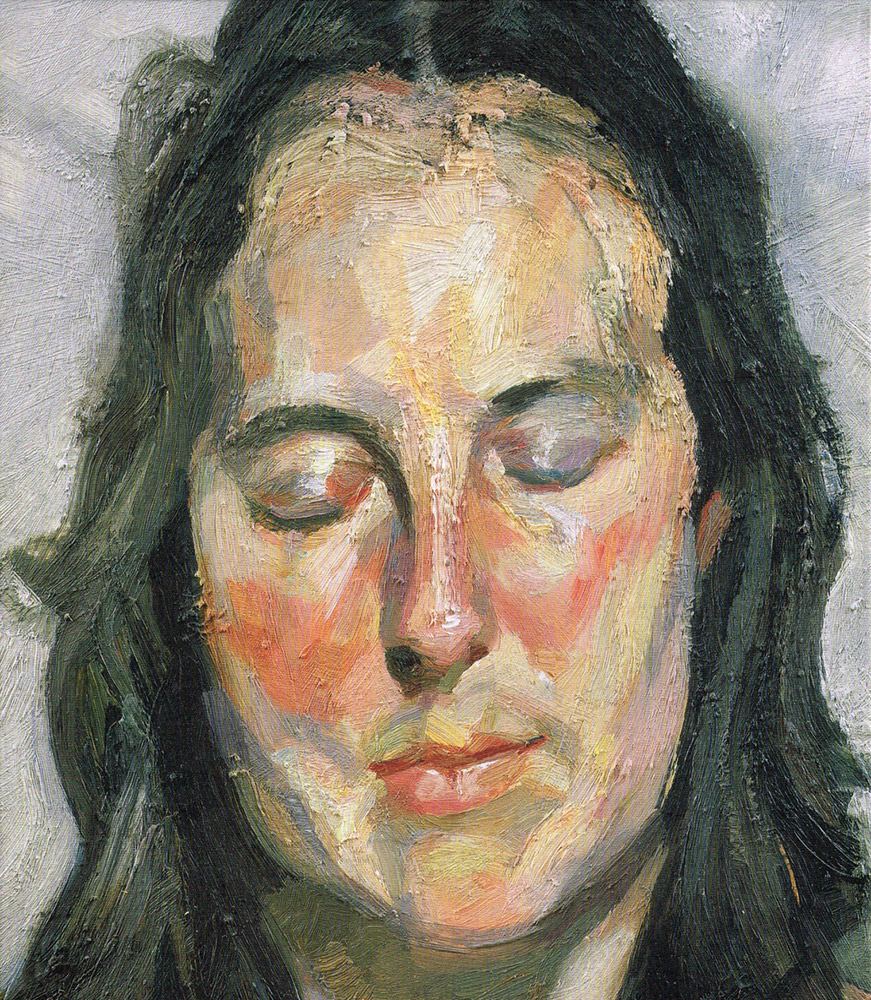 |
| Lucian Freud |
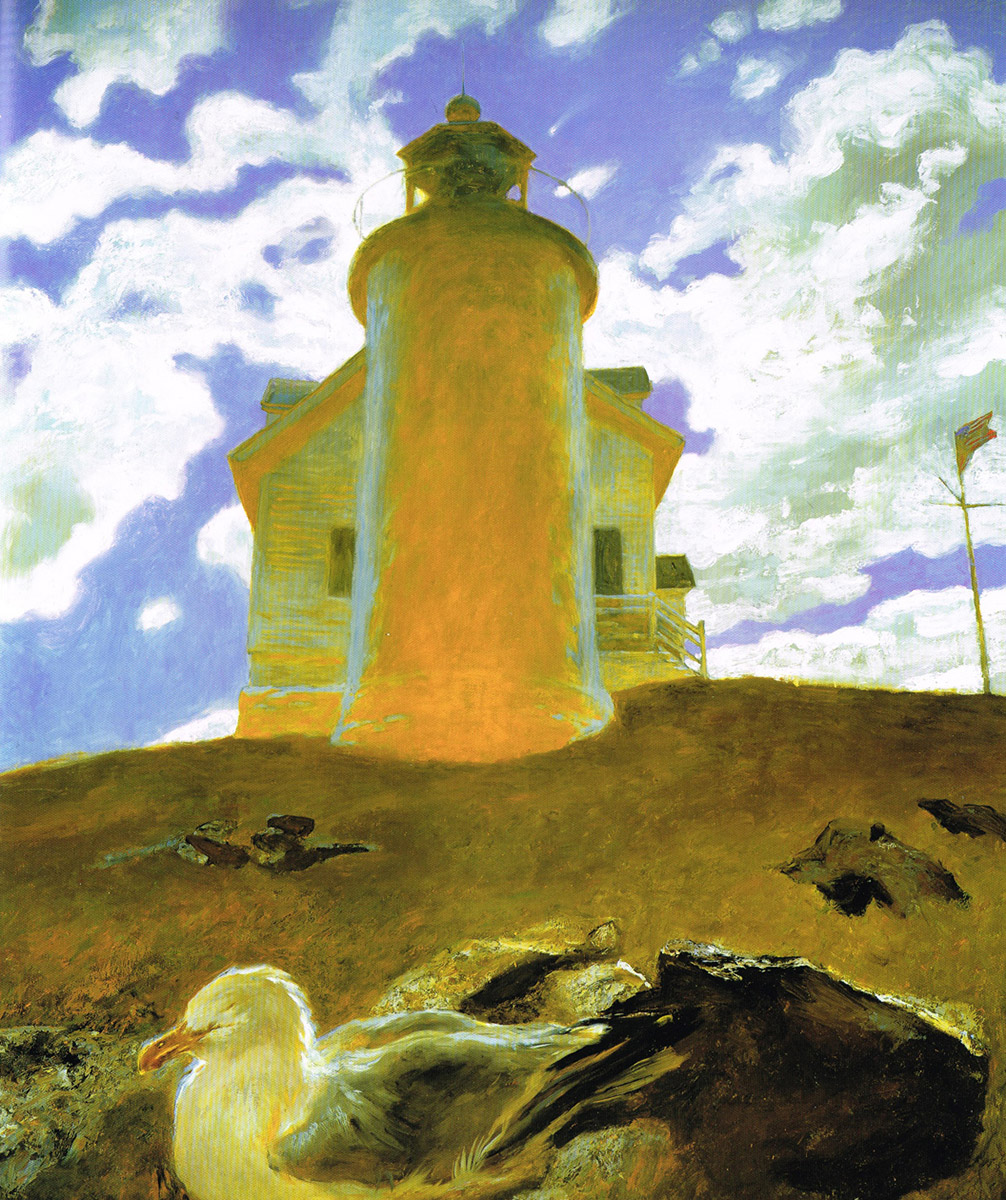 |
| James Wyeth |
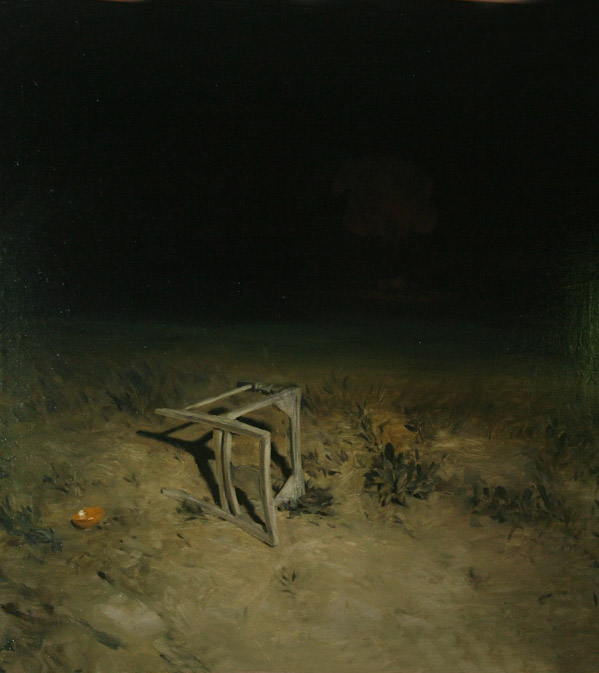 |
| Phil Hale |
And now a few humble samples of my own brushwork.
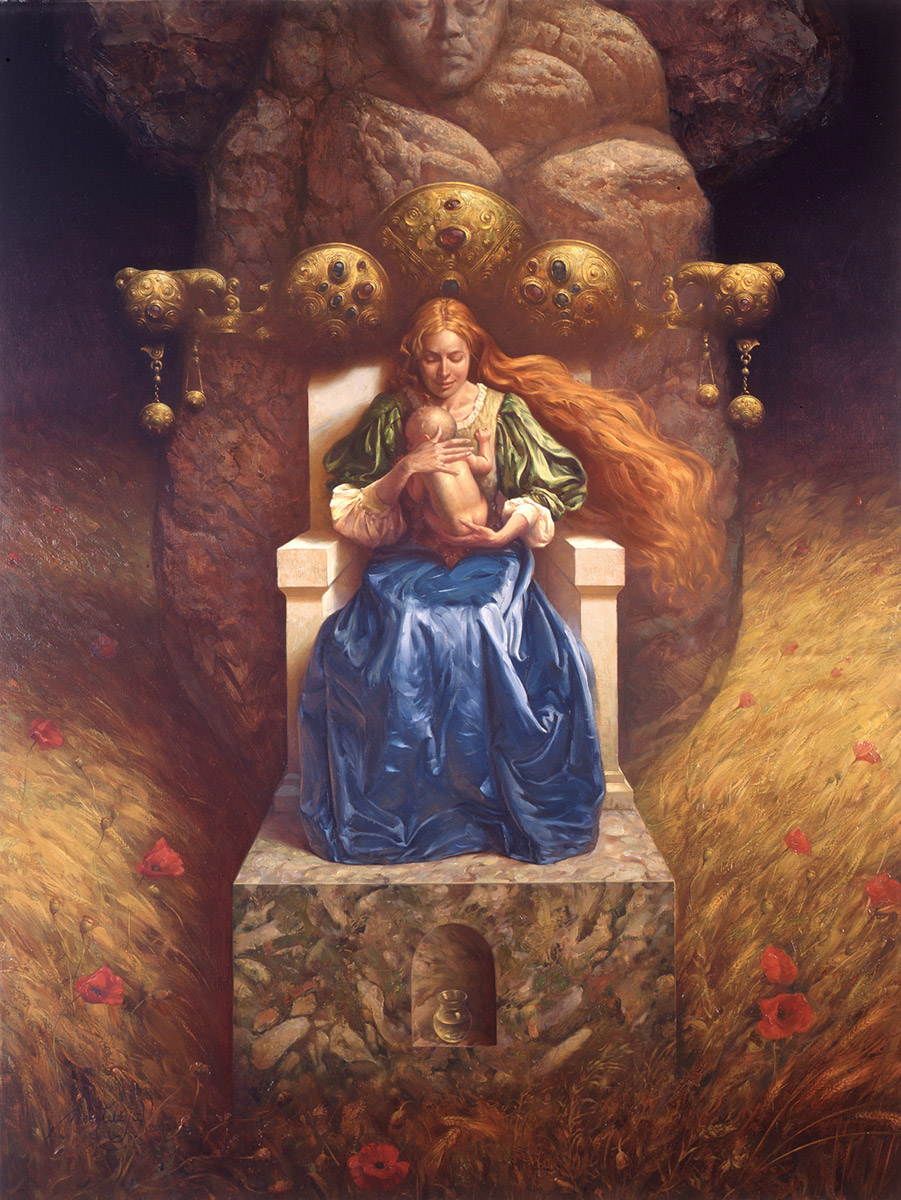 |
| Mother and Child –
70×100 cm (27 1/2”x39 1/4”), oil on canvas, 2001
|
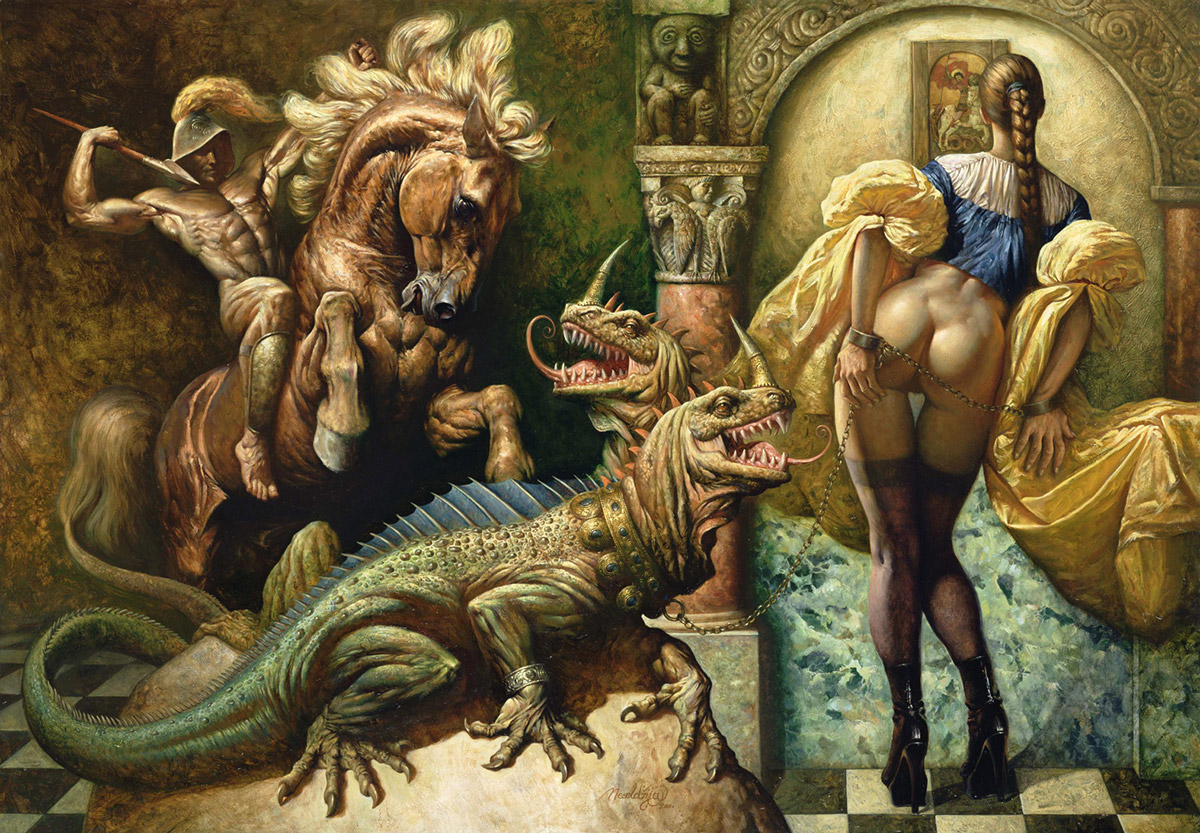 |
Saint Georg – 100 x 70 cm / 39 1/4 x 27 1/2 inch,
oil on masonite, 2000 |
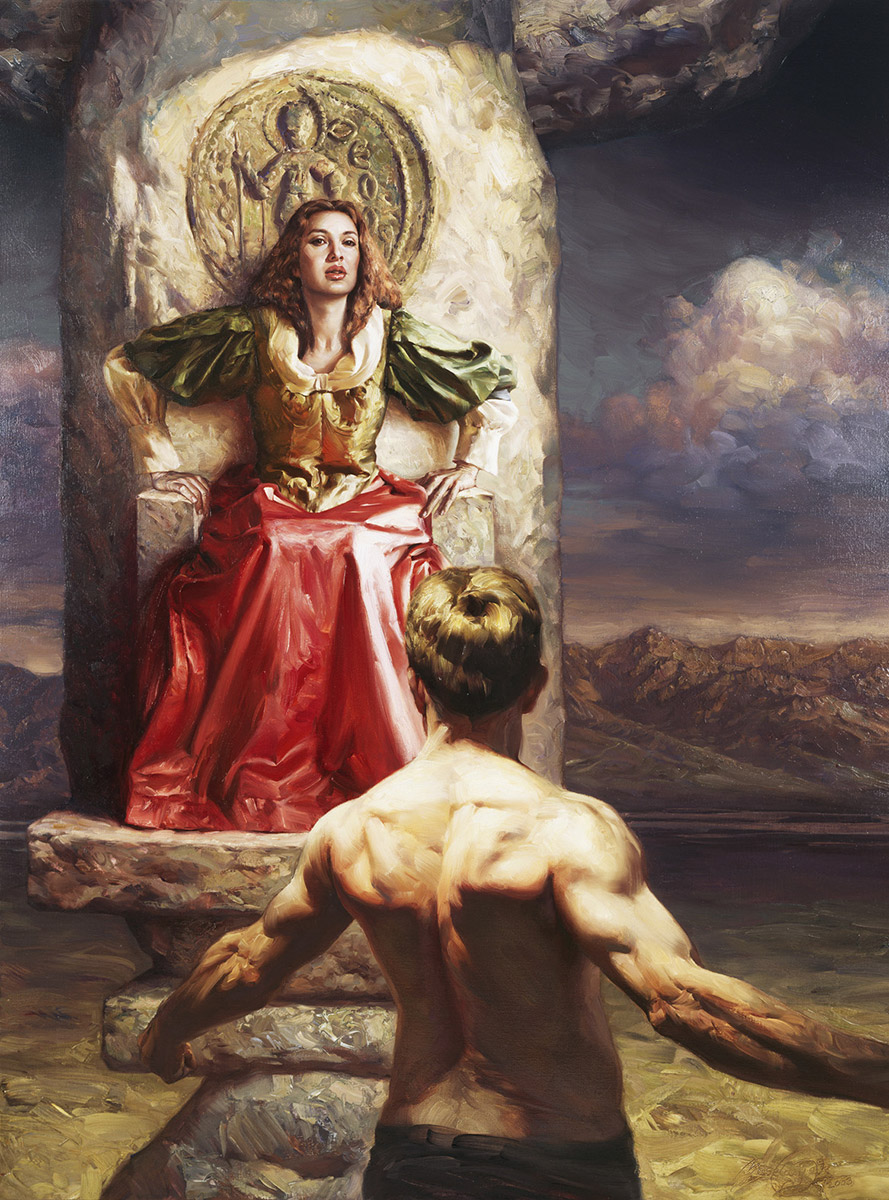 |
| The Balance –
90x120cm / 35 1/2 X 47 1/4 inch, oil on canvas, 2003
|
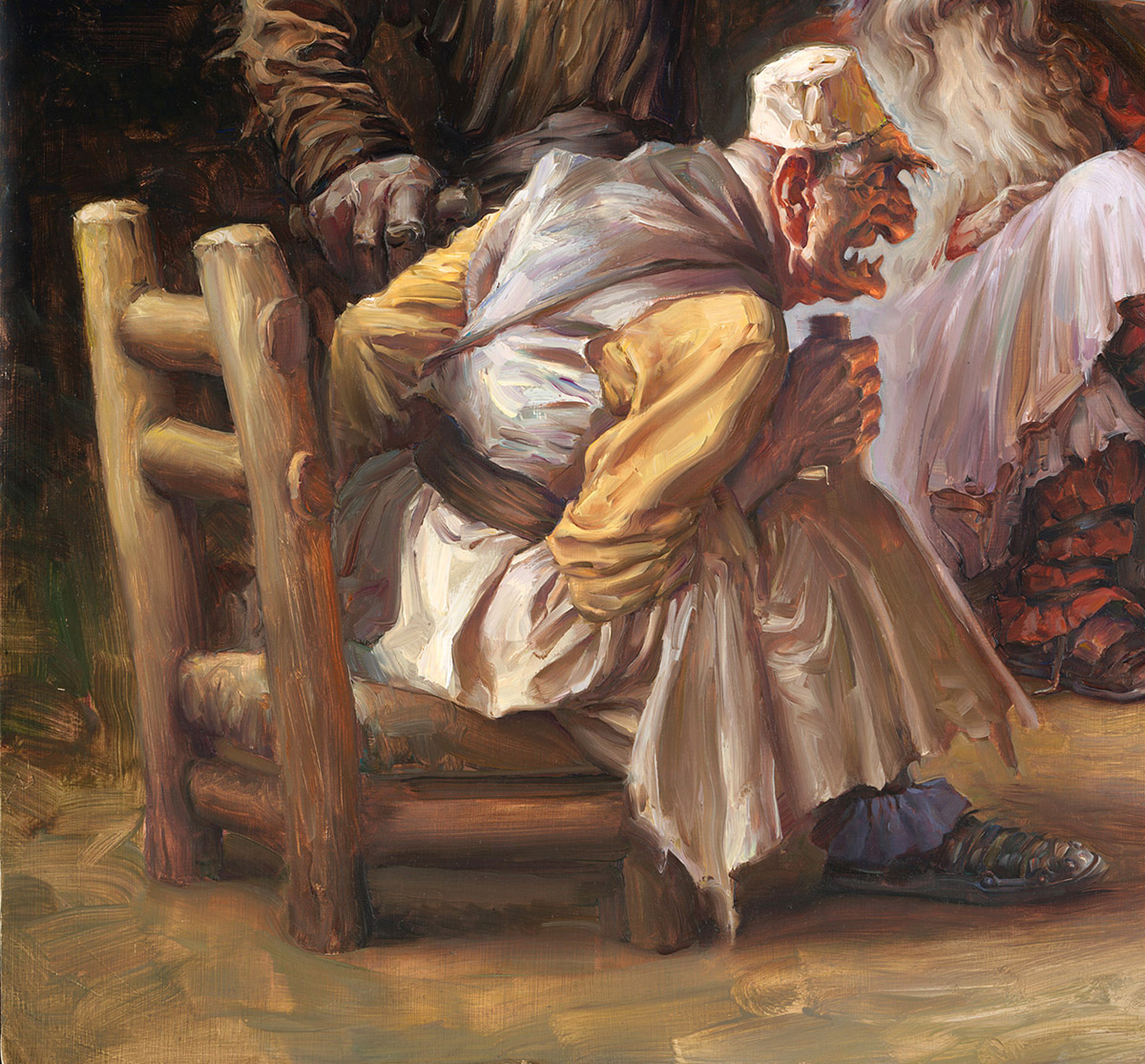 |
| Detail from Giants – The Bull Fight, 2010 |
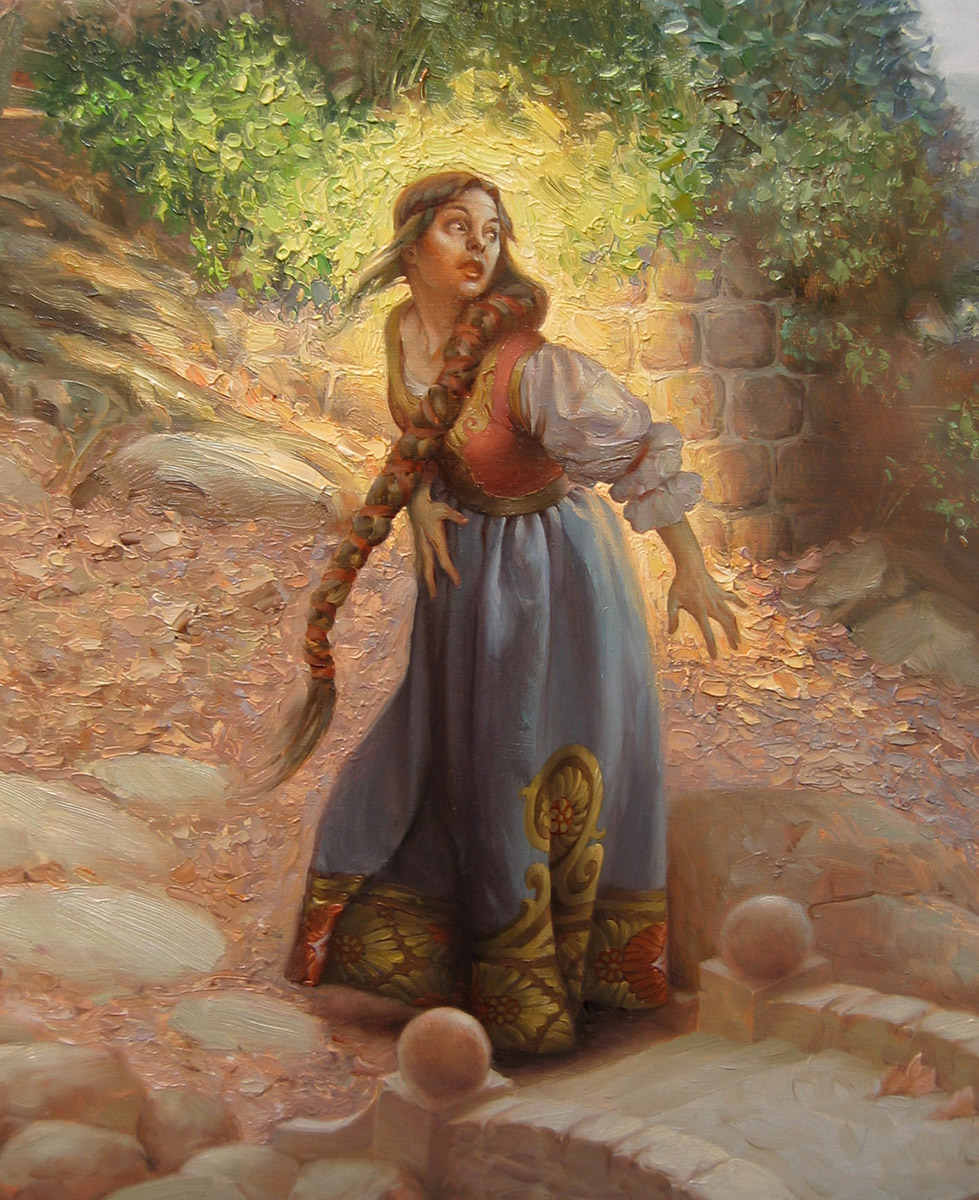 |
| Detail from The Legend of Steel Bashaw 11, 2005 – 2007 |
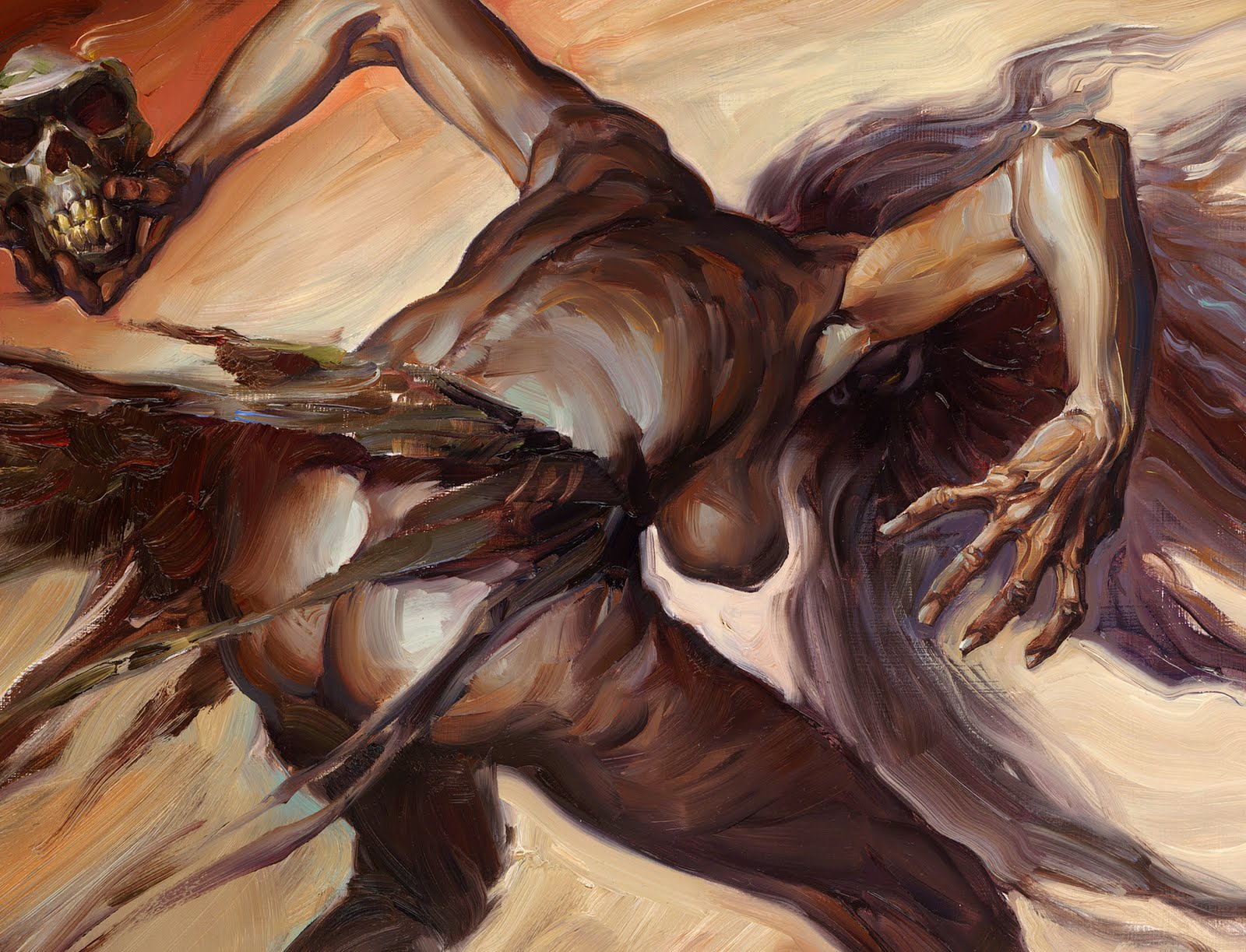 |
Detail from The Queen of the Kanguellas, 80 X 50 cm / 31 1/2 X 19 3/4 inch,
oil on masonite, 2010 |
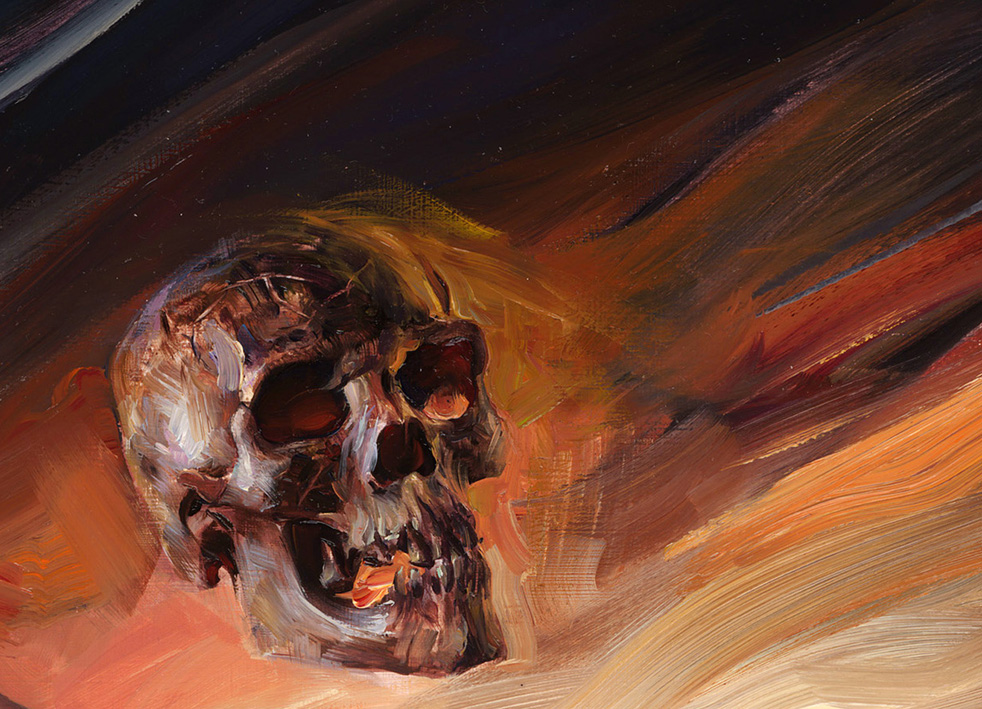 |
| Detail from The Queen of the Kanguellas |
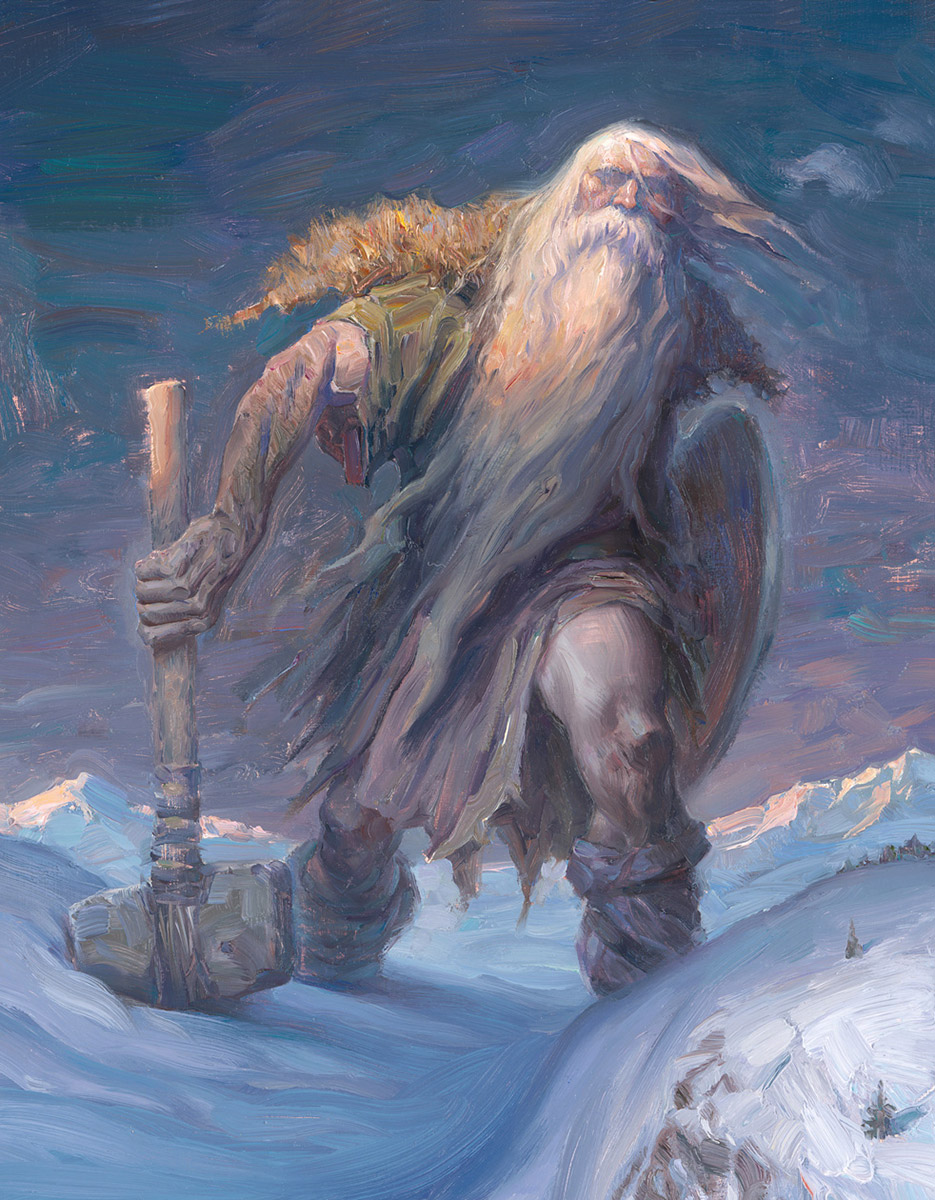 |
| Detail from Svjatogor, 2010 |
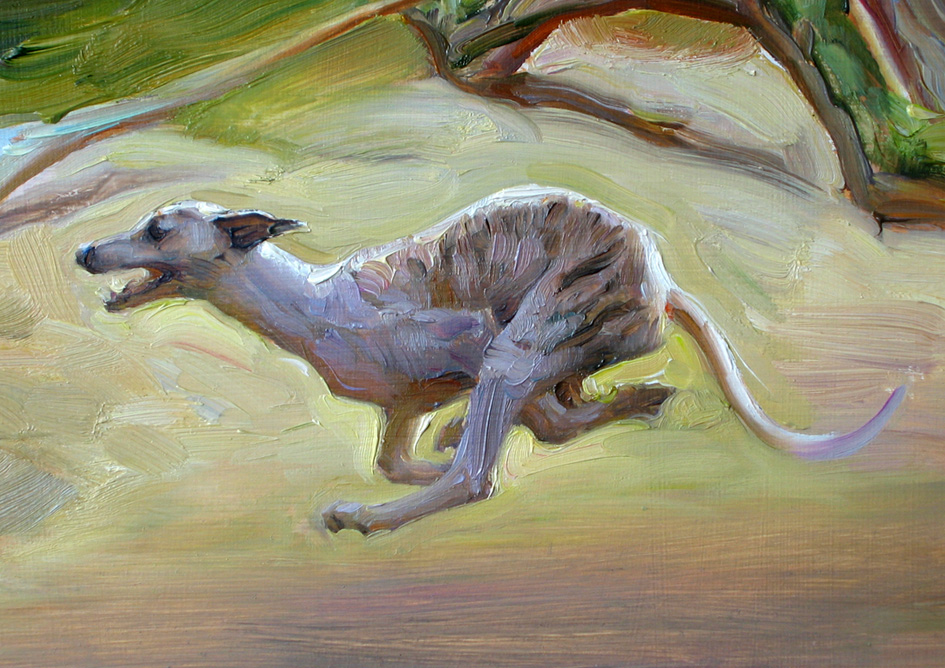 |
| Detail from a painting in progress |
This blog post was made possible by the extremely generous and friendly invitation of Dan Dos Santos to join the Muddy Colors “band of blogging brothers”. Needless to say, I am greatly honored by this invitation and I will try not to disappoint, nether my host, nor the audience. Unfortunately, due to my very busy schedule and the necessity of maintaining my own blog, I am not able to be a fulltime blogger on Muddy Colors. Instead, and for the time being, I will be a guest blogger and write the occasional posts. The main purpose of my posting will not be to teach you the certain artistic skills (although I will try to do that as well), but rather to inspire you. For I believe I have no things to offer that can match the importance and the might of the goddess of Inspiration.
Thank you Dan, and thank you guys!
Cheers!


























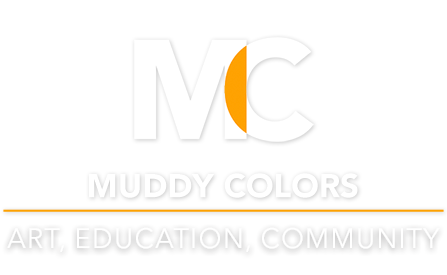
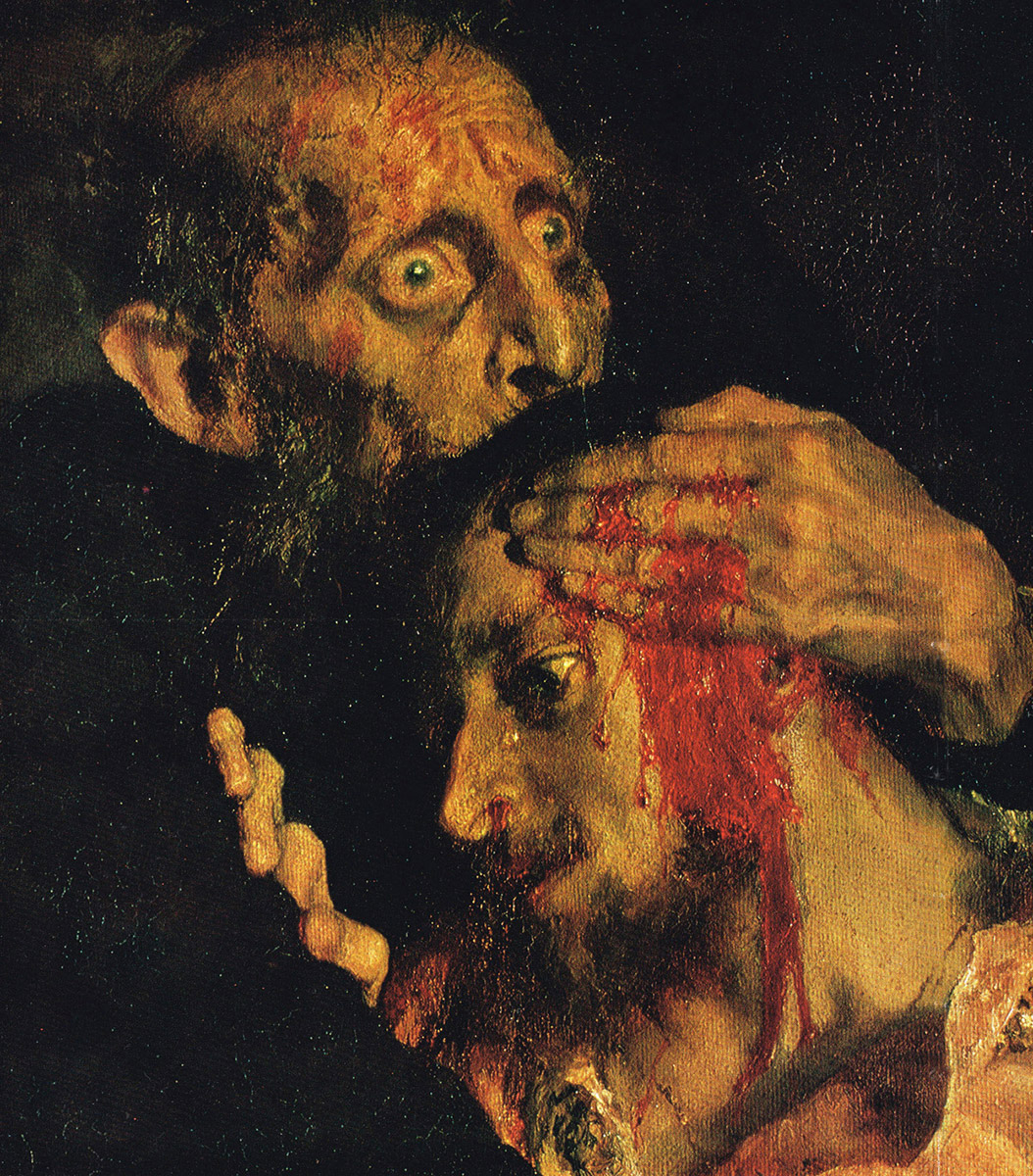
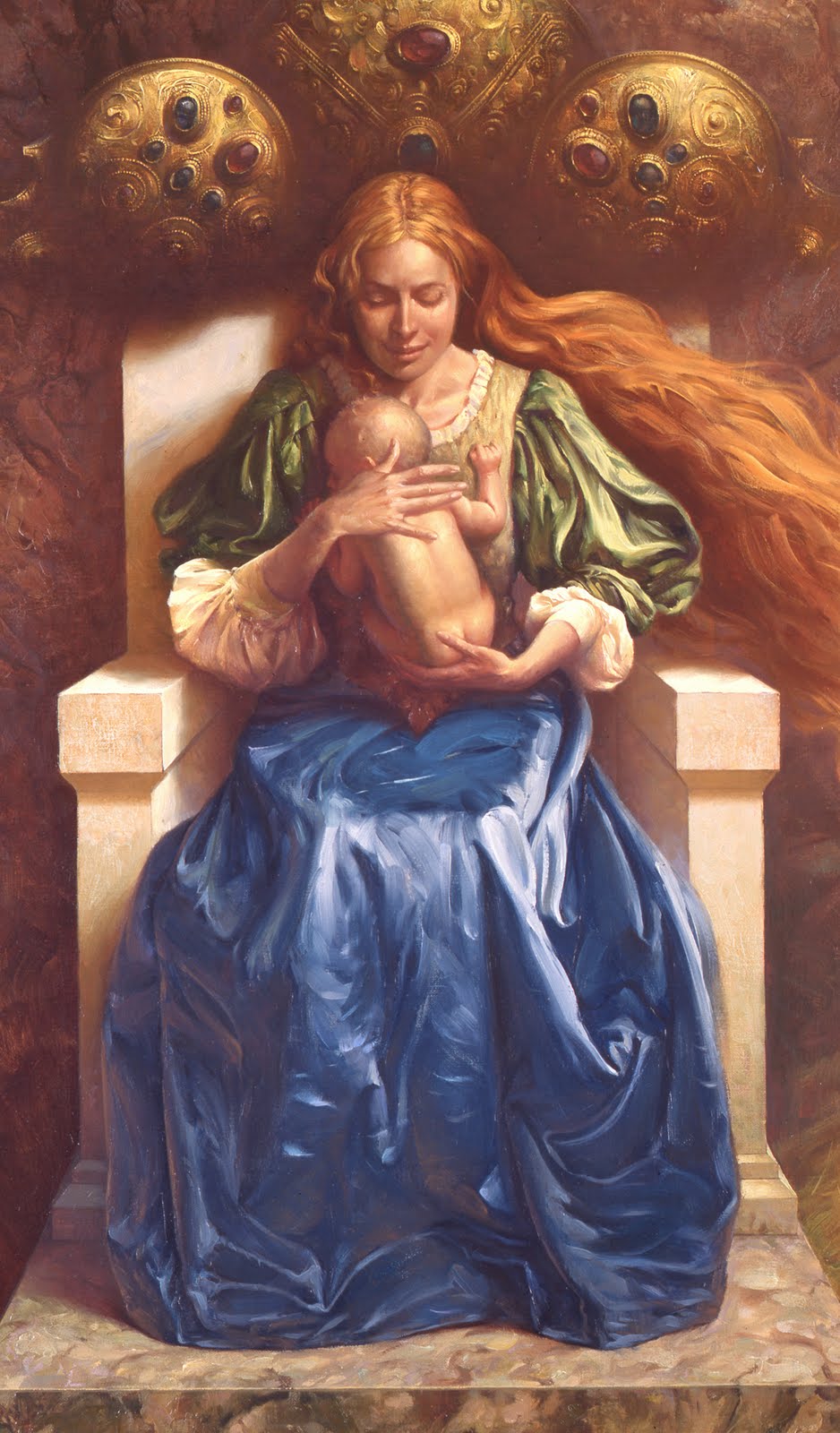
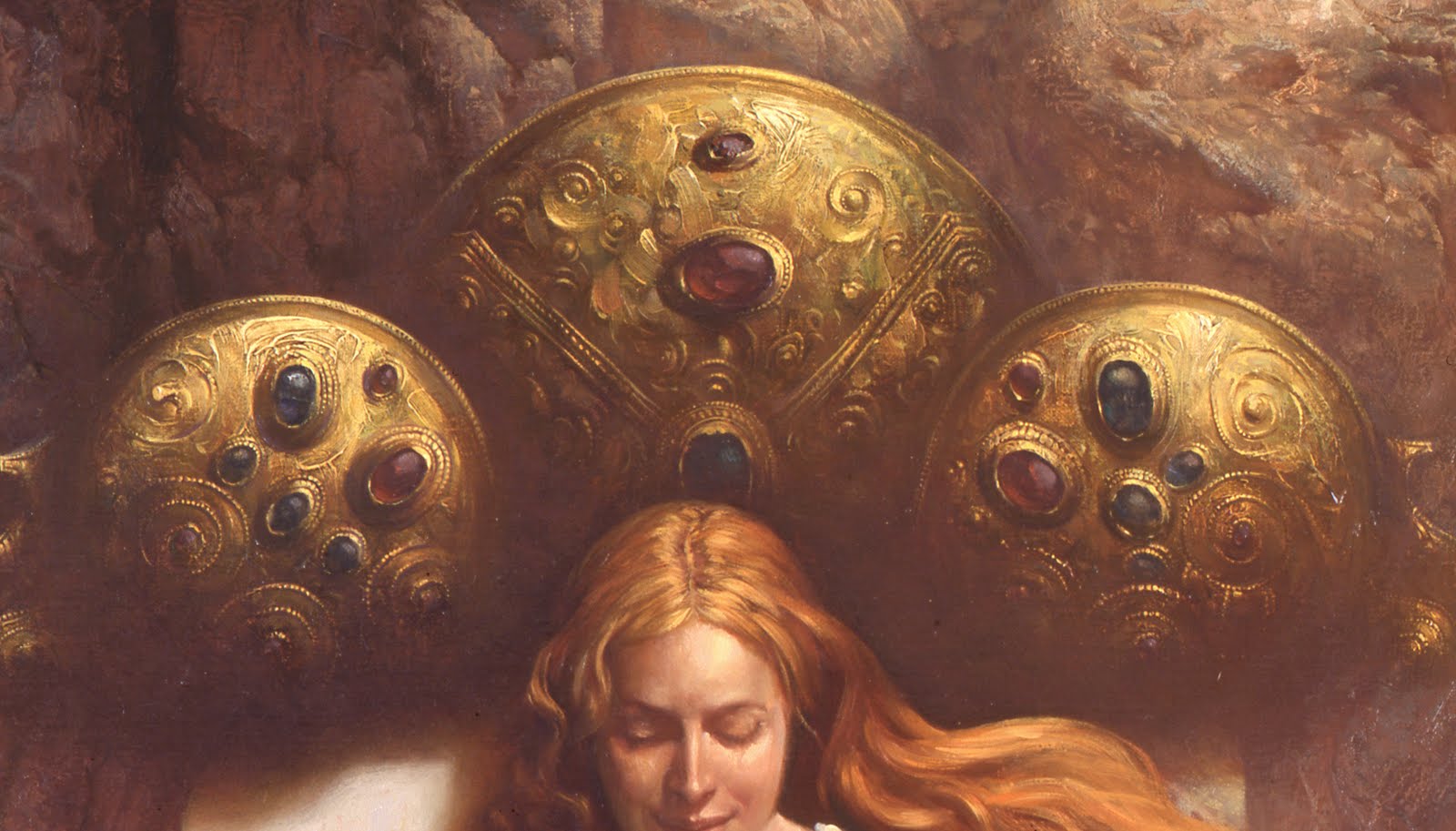

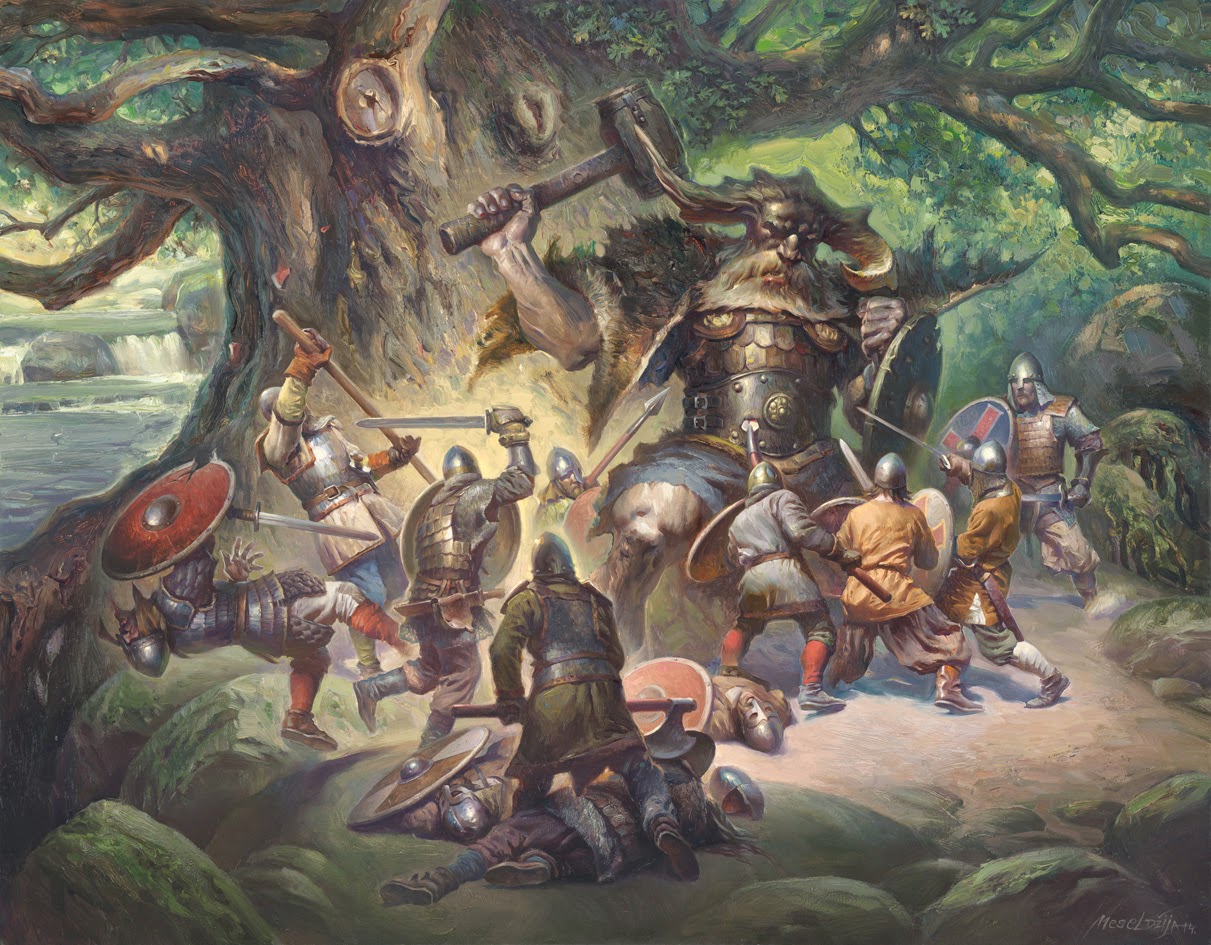
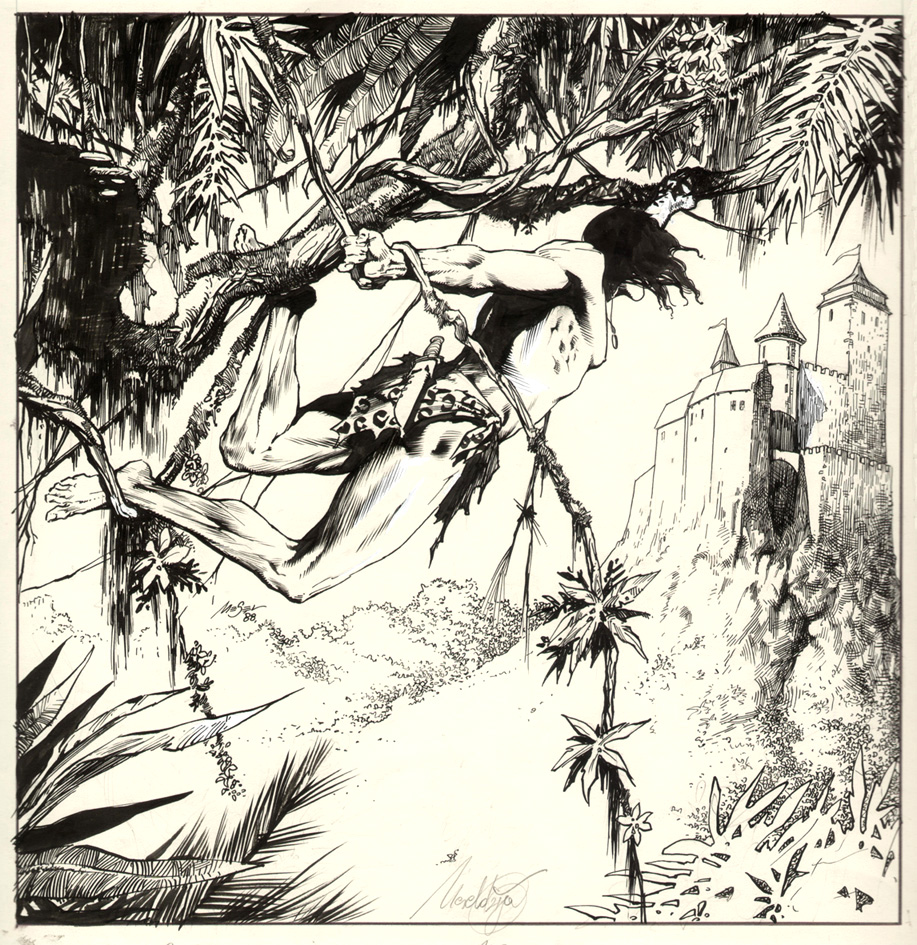
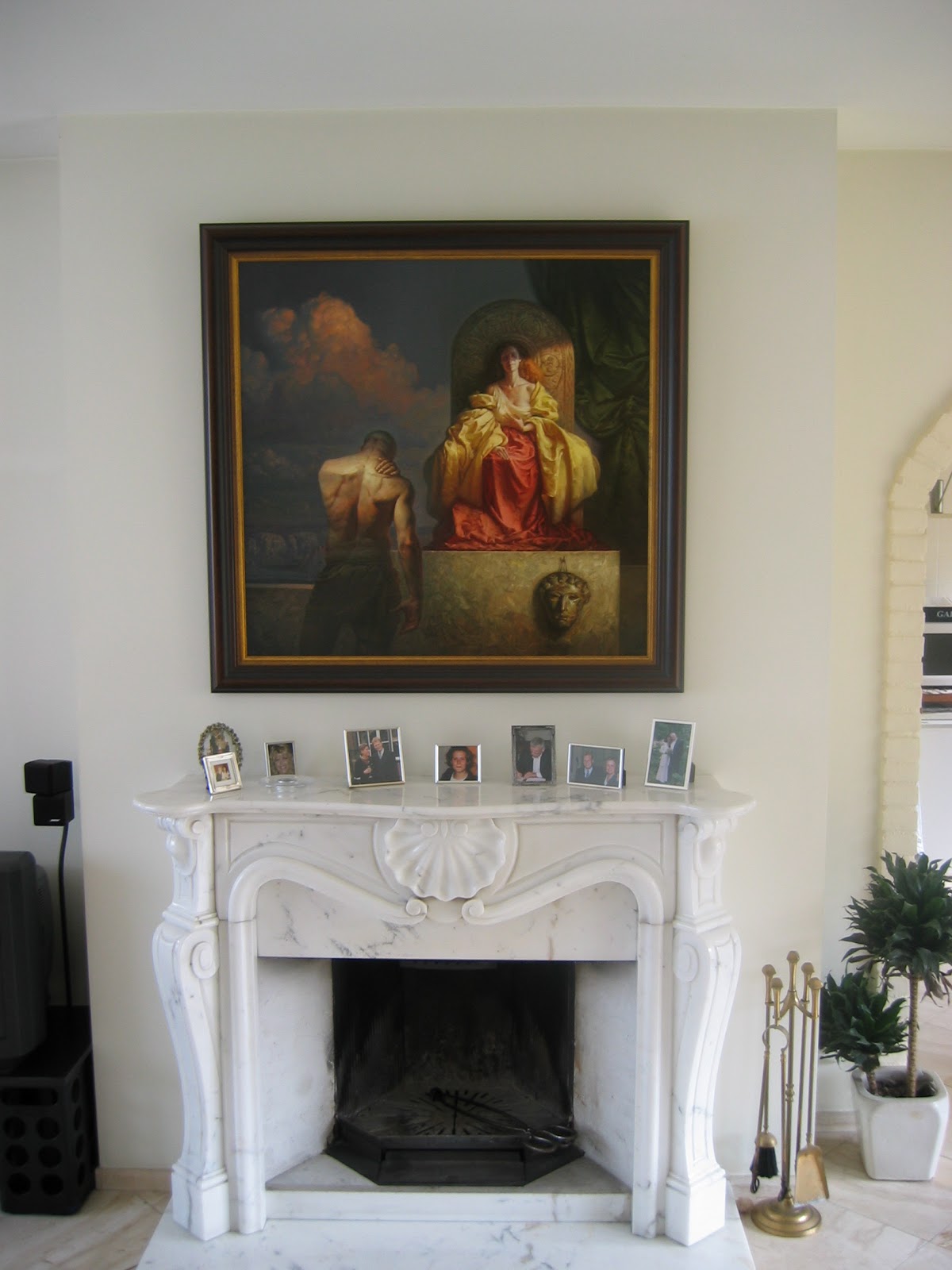
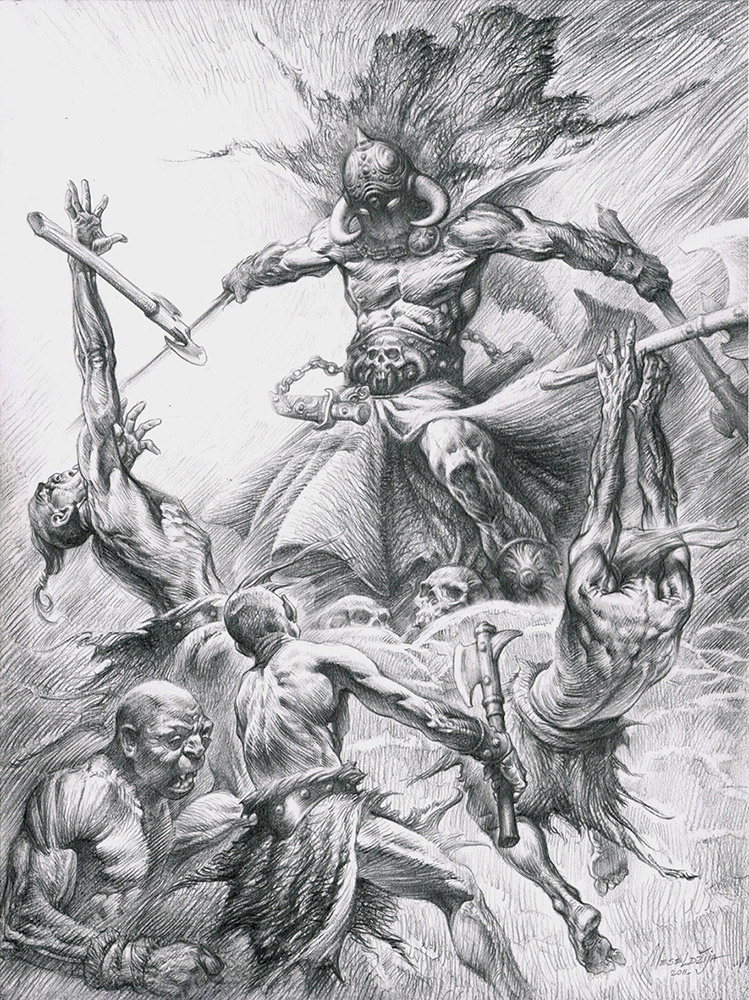
And thank you, Petar, an inspiring post is always the best thing in the morning before getting down to work!
Very Inspiring!!
Thank you fot sharing!
Wow, what a post! Thanks, Petar!
Petar, glad to see you are posting on this blog, when talking about art you are always amazingly clear, every time you speak on the subject I learn and see things in a new way 🙂
Thanks Petar! Coffee and inspiration are the perfect way to start the day!
Great to see you as an addition to this wonderful repository of artistic awesomeness, Petar!
great to see you as an addition to the team here.
Would be nice to know where you got some of those images. I've been looking for work by Kossak, Jovanivic and Munnings for awhile.
Great stuff.
=s=
So far, Petar, you are off to great start! This post was very inspiring. It definitely makes me want to put down the stylus for all time and perfect the art of the brush! Welcome to this wonderful collective of Artistic Minds. You will make a fabulous addition and I greatly look forward to your future contributions. Bravo! 😀
Awesome to see you here, Petar. Great post, and thank you for sharing closeups of your work. I can't get enough of them; your brushwork absolutely mesmerizing!
Love the detail of the greyhound! I have an Italian greyhound and he looks just like that at full speed. Looking forward to more inspiration!
Thank you Petar, you've summed up exactly why I prefer brush and paint to stylus and Wacom.
Very nice way of putting it that power into words. I look forward to seeing more!
Wonderful post
Thank you very much
ah! the words of a warrior poet!
how beautiful to receive your knowledge AND your wisdom in one post.
Hello Mr. Meseldžija!
Thank you so much for sharing this wonderful post, and I am really excited that you will be posting on Muddy Colors more in the future! Your work is very amazing, and is very inspiring to me. Thank you for taking the time to talk with us about the art that you do. It is enlightening for us all!
-Will
Thank you all for your kind words! I appreciate that very much! I really feel as a welcome guest.
When it comes to art, and having in mind that art is a specific form of communication, the response of the public is a crucial thing. In fact, it could be said that there is no Art without at least one pair of eyes to behold it. And on the top of that, as you certainly know, most of the artists are, in one or another way, dependent on that response. So, once again, thank you for the kind words and your comments.
Shane – a number of images that are included in the post come from my collection of art books. I have an old book on the art of Kossak, but I found all the images of Munnings’ paintings on the web through Google. And of course, I possess a number of books about Paja Jovanovic. In fact, I intend to write a post about his life and art in the near future, and to present his work to the new generations of art lovers.
Thank you, guys!
And until the next time…
Petar your work is extraordonary, and stands up well next to Rembrandt.
I think broad brushstrokes have their place, but generally I more admire paintings of things that look like they are made of the things they are made of, be it rock, fur, flesh, velvet, vapour, wood etc. That's not possible- for a painter who is less than a genius- who goes too far down the broad-brushstroke path. Everything tends to looks like it's made of paint.
Similarly if one is too loose in one's approach when working digitally everything looks like it's made of plastic.
Is it just me or does there seem to be a heavy dose of inspiration from the Jovanovic you posted in Giants – The Bull Fight? I can't imagination that was on accident…It's obvious who your heroes are! Haha.
Incredible post, thanks so much for the contribution, and here's hoping for many more in the future!
Gordon – it is definitely true that in order to be able to paint with free, broad and expressive brushstrokes, and at the same time to create an evocative and convincing painting, loaded with emotion and movement, without giving the spectator a feeling that everything is made of paint, one has to practice a lot. It is not necessary to be a genius, but a great deal of practice and a certain insight are required. Secondly, as it is often with the things that tend to be more pictorial, instead of descriptive, one has to cultivate and broaden his perception in order to learn to appreciate it. Except for a few early individuals, like Rembrandt and Frans Hals, the free, expressive painting started to develop itself seriously just in the second part of the nineteen century, and (as far as the realistic painting is concerned) culminated with Sargent, Sorolla nad Zorn at the end of the same century and the beginning of the next one.
Daniel – Yes, my painting Giants – The Bull Fight was not only inspired by Jovanovic’s painting, titled The Cock Fight, but it is also a kind of honorable parody to this painting, that is one of the most known and celebrated paintings from the history of Serbian art. I did my Bull Fight painting for the book on Serbian mythology, so it felt quite appropriate to use Jovanovic’s Cock Fight as an inspiration and by doing so to honor its creator. As far as I know, the Serbian public reacted very positively to this funny homage to Paja Jovanovic.
wonderful, Petar. The depth of your spirit is as obvious in your brushstrokes (and lighting and composition and whimsey) as it is in your words. Thank you for sharing both!
Thank you, Christopher, for your kind words! Much appreciated.
Hi there, I was just wondering if you used the sculpture 'Horses of Helios' by Rudy Weller as a reference for your horse in 'Saint Georg' (horse being my thing). Ali Bannister